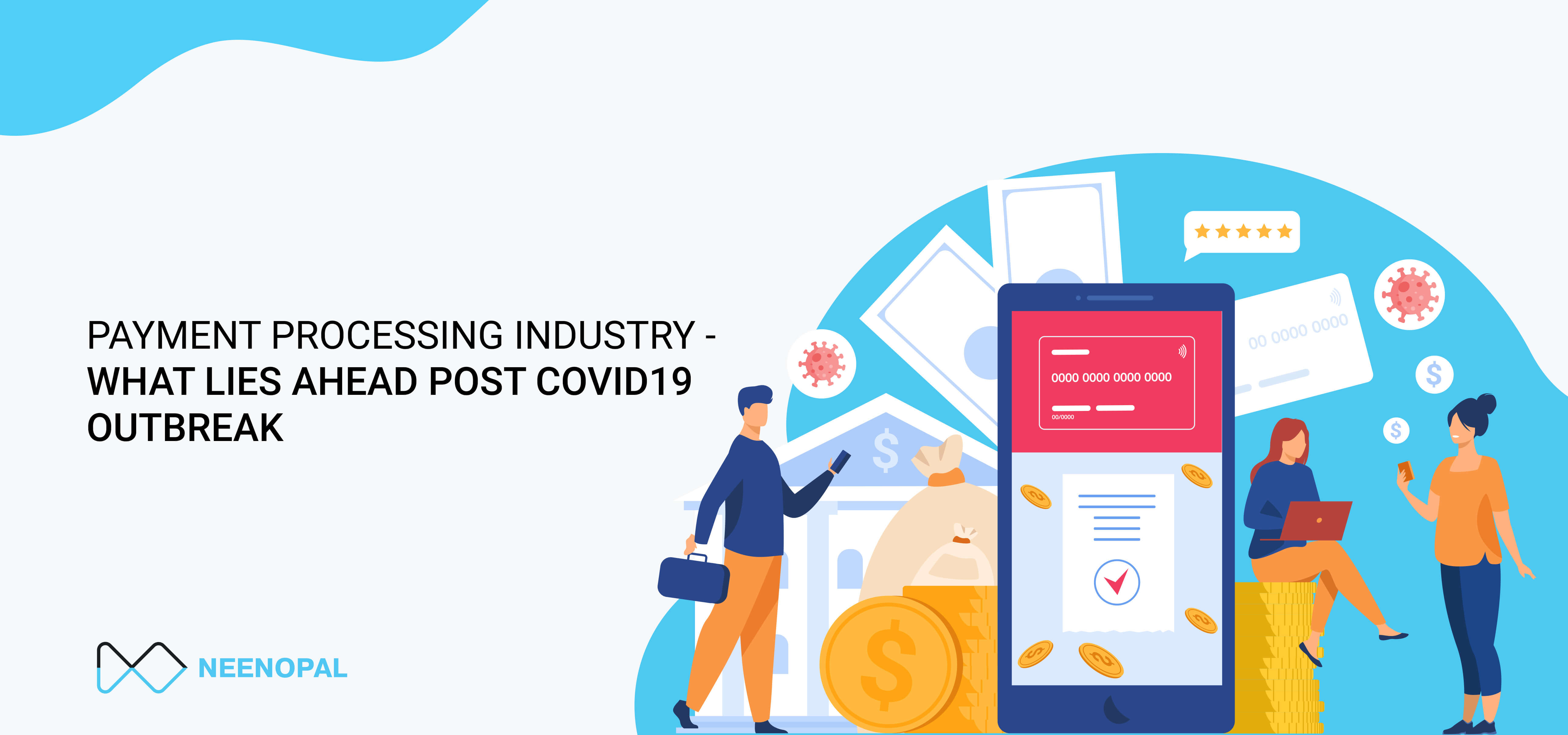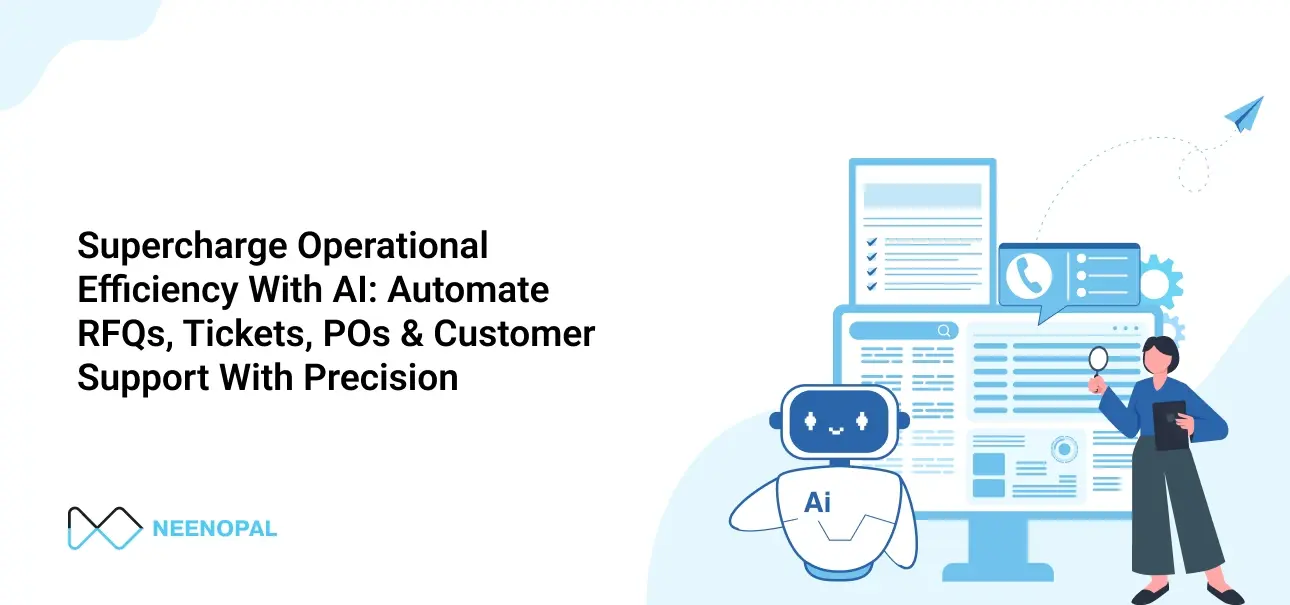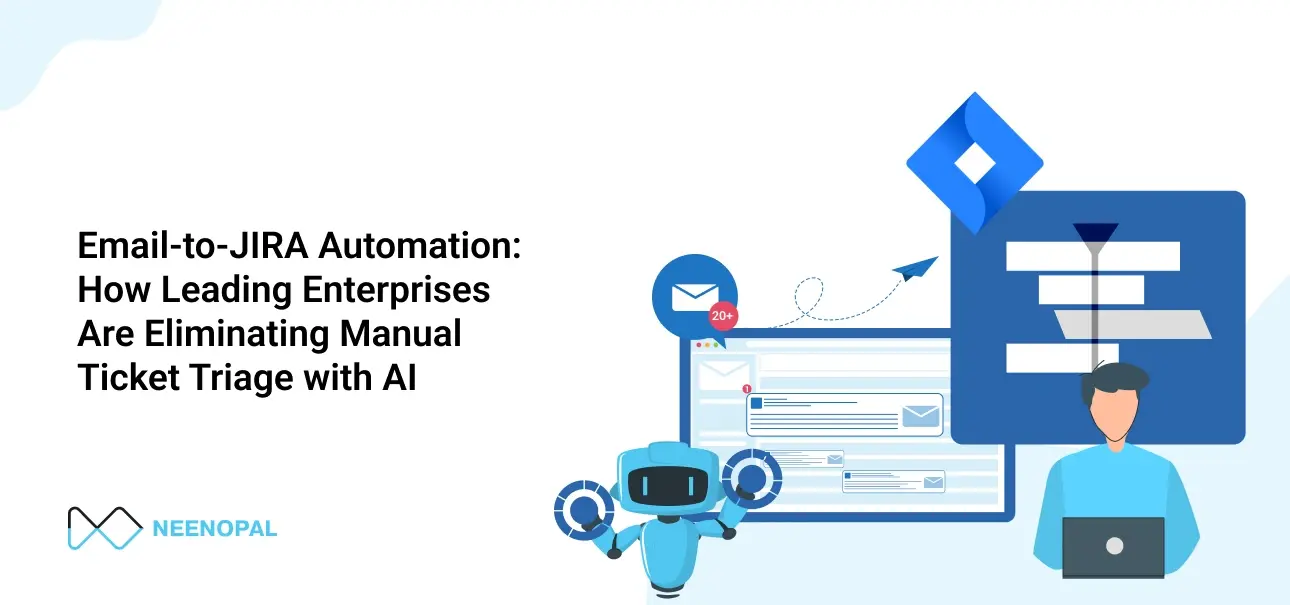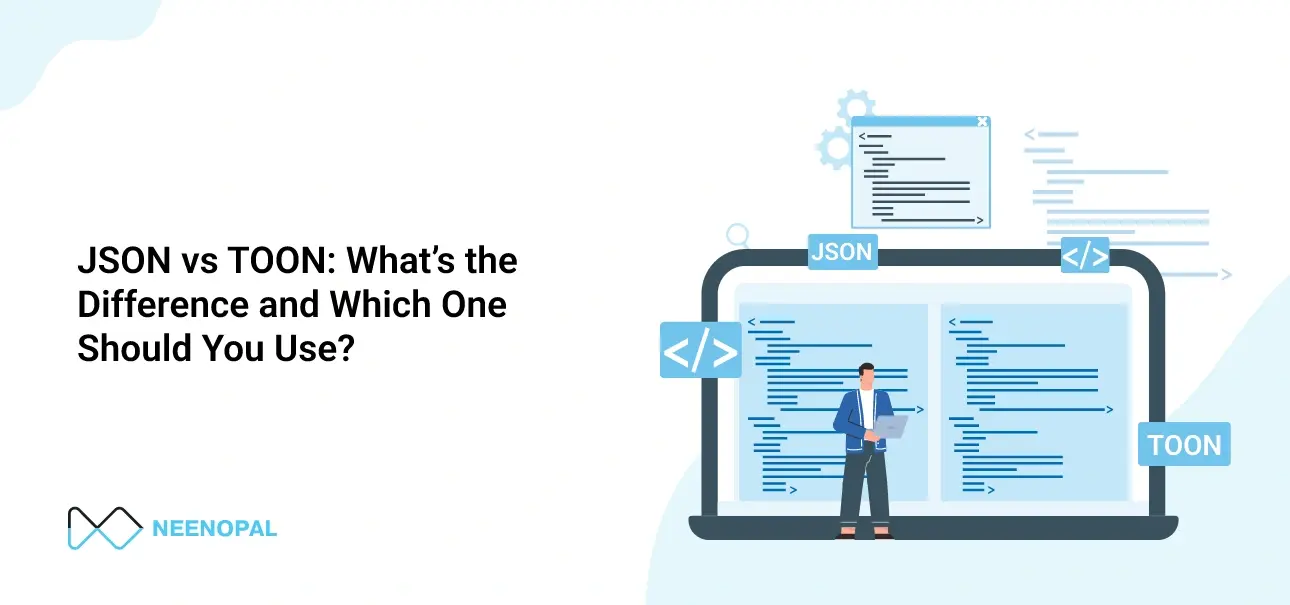Payment Processing Market is all set to take off.
The global payment processing solutions industry size is poised to grow to USD 64.5 Billion by 2024 with a CAGR of 10.4%, and the payment gateway market is expected to reach USD 36.8 Billion by 2024, at a CAGR of 16.5%, according to a research report by Mordor Intelligence. Historically, the growth originated from booming emerging markets, an increase in internet penetration, and a rise in consumer spending as a result of an increase in disposable income. The lack of security in digital payments negatively affected growth in the past. Going forward, major driving forces for the market are a high proliferation of smartphones coupled with high internet penetration, easy accessibility of digital payment mobile solutions, increased security in digital payments, and customer’s demand for immediacy of payment settlements. The development of safe and secure payment gateways is expected to even further drive market growth. Innovation in payment technology using Analytics, Artificial Intelligence, and the Internet of Things is also set to drive the market at unprecedented rates, which are discussed in the latter part of the blog.

Coming to regional insights, the Asia Pacific market is expected to overshadow other regions, in terms of market growth, owing to the proliferation of digitalization, coupled with government initiatives in the use of digital payments. The growing e-commerce industry paired with a growing consumer base and an increasing number of SMEs in the region is expected to contribute to market growth. This is followed by the North American market in terms of growth rate, which has been dominating the market, due to the existence of a large number of digital payment processing solution providers in the region. Increasing reliance on reliable broadband and network infrastructure and preferences for cashless payments are additional factors driving the market. Many retailers, in the United States, who have long resisted the use of contactless technology due to processing fees have now been compelled to offer it, owing to the pandemic.
What is Payment Processing?
Before diving deeper, let us first have a basic understanding of what actually is meant by payment processing.
Payment processing is a set of procedures that automate payment transactions between the shopper and the merchant. It generally, is a third-party service with a system of computer processes that process, verify, and accept or decline e-wallet, credit card, or debit card transactions on behalf of the merchant through a secure internet connection.
Now that, we know what payment processing is, let us briefly understand how the payment processing industry works:
Whenever a customer pays a merchant with a debit card or credit card, the merchant submits a purchase transaction to the acquiring bank, which is then submitted through the card association network (e.g. Visa or Mastercard) to the customer’s issuing bank. Whereas, when a customer uses a digital wallet or any other online payment method, transaction data flows from merchant to wallet provider, then to payment processors and ultimately the acquiring bank, and so forth. But, when a customer shops online, they will enter their payment details of the payment method they choose (on secure web pages, with a URL prefixed with “HTTPS”), the information then gets encrypted and sent to the payment gateway that the merchant uses to accept payments.

Once the payment gateway gets approval for the transaction, the issuing bank then checks for sufficient account balance to process the transaction. The payment gateway then sends a message to the merchant accordingly. If yes, then the issuing Bank will bill the customer, and settle the money with the merchant. Once all this is done, the customer gets a confirmation message of the order being placed or the transaction being successfully processed. Though the process seems straightforward, a lot goes on in the backend to create a secure pathway to facilitate payments successfully.
Rise of contactless payment ecosystem:
There has been a significant change in customer payment preferences during the pandemic. The world has changed quite drastically since the COVID-19 outbreak. When there is a global crisis of this scale, consumers are bound to adapt their shopping habits and modify their payment preferences. Following briefs the changing consumer behavior ever since the pandemic has made its presence felt:
1. Increasing reliance on e-commerce:
Lack of access to high street stores, and the need to shop for new items are driving the consumers online in search of purchasing solutions. The COVID-19 outbreak has been driving the global growth of e-commerce sales. Millions of people across the globe have adopted shopping for goods, services, and entertainment online. This has not just been limited to those who are already tech-savvy or those belonging to Gen-Z or millennials; even the older generation and Gen-X are embracing mobile purchasing out of necessity. According to a research study done by ACI Worldwide, transaction volumes in most retail sectors witnessed a 74% rise in April 2020 as compared to the same period last year.
2. Negative perception towards cash usage:
Consumers are slowly acknowledging the fact that cash might not be safe to handle, due to it being a potential transmitter of the coronavirus. Ever since, the WHO recommended the use of contactless payments to help control the virus, the pandemic has driven the adoption of contactless payments in a major way. Though we might not see an end to the use of cash everywhere, it is without a doubt, enough to push many markets towards the cashless payment ecosystem. Out of the social distancing necessity, the pandemic has led to an increase in contactless, digital payment methods like mobile e-wallets, QR codes, and P2P bank transfers.
3. Mobile wallet usage is on the rise:
COVID-19 is making customers wary of using public payment terminals. Digital wallets are making inroads serving just the purpose that requires no touching of a card to a terminal or entering a pin. Going ahead in the future, the use of physical payment cards is expected to shrink, while the use of token-based or digital wallets is expected to grow. In the post-pandemic world, businesses unable to accept payments from digital wallets may see constrained growth as compared to P2P contactless payments, which may become commonplace. Interesting to note is that Global Consumer data in the US from 2018 shows, 84% of those who adopted mobile payment tech back then, crushingly prefer it over cash. 77% agreed that mobile wallets are more convenient than contactless cards, and 85% predicted that they’d use mobile wallets to make payments in two years. So, going ahead, not only due to health concerns, but it is due to the adaption of the new technology and the comfort associated with it, consumers are even more likely to create a sustainable change in attitudes.
Non-cash transactions are estimated to accelerate at a CAGR of 12.7% globally with emerging markets growing at 21.6%, according to a research report. In 2019, emerging markets that accounted for one-third of global non-cash transaction volume are expected to contribute nearly half of global volume by 2021. While the emerging P2P ecosystem started to make inroads with senior citizens in 2019, consumer’s shift to it in COVID-19’s wake has pushed more older consumers into P2P than ever before. Also, poised to transform the contactless payment landscape is 5G technology, which is expected to make inroads in a few months. 5G will eventually help increase speed and connectivity, facilitating improved customer experience and leading to increased adoption of the contactless payment ecosystem.
How Payment analytics will aid in reaching new heights?
There are many ways that payment transactions are made digitally, such as through debit, credit, or wire transfers. Data Analytics in payments typically involves processing payment records from various such sources and then integrating them into one centralized platform. It can make it a more streamlined process, minimizing errors. The data is then used to run advanced analytics models and derive key business intelligence insights. When used effectively, it can help companies improve profitability by optimizing revenues, cutting costs, and analyzing payment trends, helping make more accurate business decisions and also preventing fraudulent activities.
The insights gained can transform various business functions:
1. Business Development
Forecasting sales figures and transactional volumes become crucial in meeting the target set for each product. Trends can be predicted by analyzing historical data available for your reference via the payment transaction data. Analytics provides insights into the performance of the product and its market share in the overall competitive landscape. In addition to this, analytics can help develop the right set of promotional offers for particular customer segments or help create more personalized loyalty campaigns as well as quantify the effectiveness of such offers in bringing the customers on board, thus helping increase sales and reach targets.
2. Fraud and Risk Management
Data Analytics can be applied to fraud detection and management by looking at inconsistent patterns that may be indicative of fraudulent activity. It can help create models that can predict, identify, and prevent risks concerning the security of businesses. With the help of the power of algorithms, and predictive data analytic technologies, one can detect online fraud by building risk profiles from historic data. Algorithms are also built for anti-money laundering detection and prevention.
3. CRM Analytics
Customer Relationship Management, the data that can be very cumbersome, exhaustive, and resource-intensive to handle, can be presented in an insightful manner with the use of data analytics and business intelligence tools. This invariably drastically reduces the time required to resolve customer queries, thereby providing users with an enriching and smooth customer experience.
4. Operational Analytics
The vast amount of data generated by transaction records and databases in the cloud and by various resources such as servers, firewalls, and on-premise environments, can be monitored in real-time to help prevent downtime. Data Analytics and ML models can help predict transaction growth on a y-o-y basis to help businesses form strategies concerning capacity planning and hardware expansion.
Application of Artificial Intelligence (AI) in Payment Processing:
One of the key challenges in Payment Processing is surging rates of fraud in digital payment transactions, such as e-commerce and online banking. Amidst the pandemic, with radical change occurring at unprecedented speed around the world, this crisis is, unfortunately, presenting opportunities to cybercriminals and fraudsters in the form of loopholes. Common COVID-19 scams. Thereby, lies a new need for fraud protection. Large merchants and institutions will, therefore, need to make a considerable investment to prevent fraud. As the Internet of Things (IoT) continues to expand and consumers become connected at every level, anytime anywhere payments will become more pervasive. AI and ML can make a significant difference in this area by streamlining payments at every level. AI is leveraged for efficient payment processing, increased processing rates, and incremental enhancements to user experience.
Artificial Intelligence can be applied in payment processing for:
1. Enhancing Fraud detection
AI and ML pattern-matching algorithms can quickly monitor and analyze the vast set of databases in real-time in search of unexpected commonalities between fraudulent and genuine transactions. Moreover, the AI system can send automated alerts to individuals if any transaction doesn’t appear normal for that user based on his/her purchase history records. The AI system is thus able to spot outliers to the user’s normal behavior over time.
2. Offering personalized services
AI-based chatbots are being adopted by businesses to interact more efficiently with customers and resolve their queries. Chatbots usually assist by solving simple tasks that only require a quick response, leaving more time for customer service representatives to focus on complex customer needs that demand high-touch interactions. Tactical solutions such as Robotic Process Automation (RPA) can leverage AI to effectively manage routine operations.
3. Payment Optimization
AI systems can make tailor-made suggestions by monitoring payment transactions at a process level and suggesting intuitive services and offers. With access to real-time feeds from the financial world, AI systems can suggest suitable payment products for customers in terms of payment charges, processing time, and payment usage customized to customer’s past payment activities.
Concluding Remark:
With the advent of the COVID-19 outbreak, social distancing and other pandemic mitigation measures are more than likely to boost demand for contactless payment mechanisms and digital banking services. This will invariably, force many traditional payment providers to switch towards the digital payment ecosystem. We may see an increasing trend of collaborations between large banking institutions and payment players to offer better, smarter, and revolutionary technologies at the forefront of the marketplace. The overall impact of COVID-19 would be difficult to gauge. The global economy might very well seem very different once we return to normalcy. The payment industry in general will have a crucial role to play in revamping the economy, where the key responsibility will invariably be also on the Payment processing industry where analytics, automation, and AI will have to be embraced at a rapid pace to reimagine the scale.





